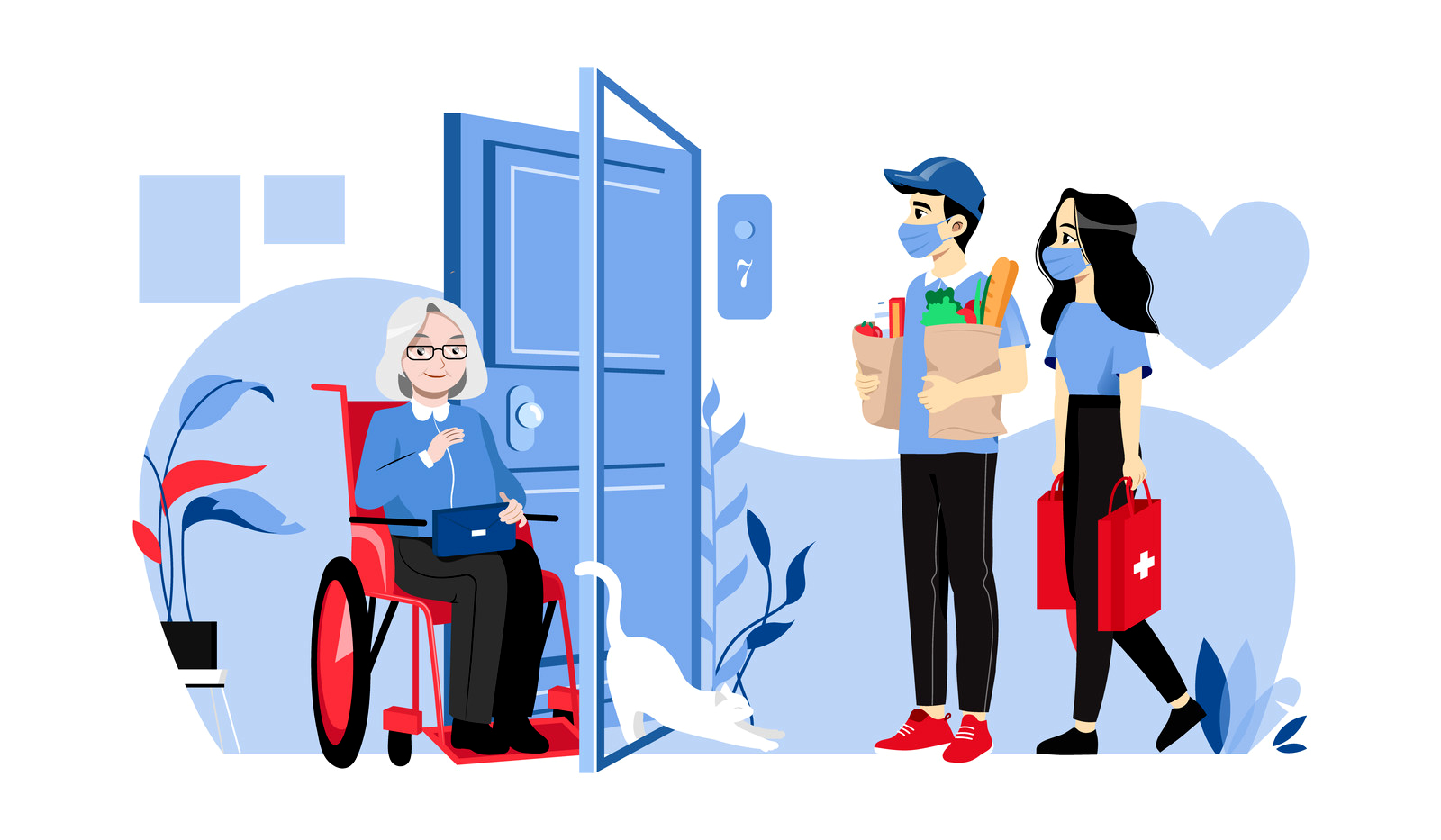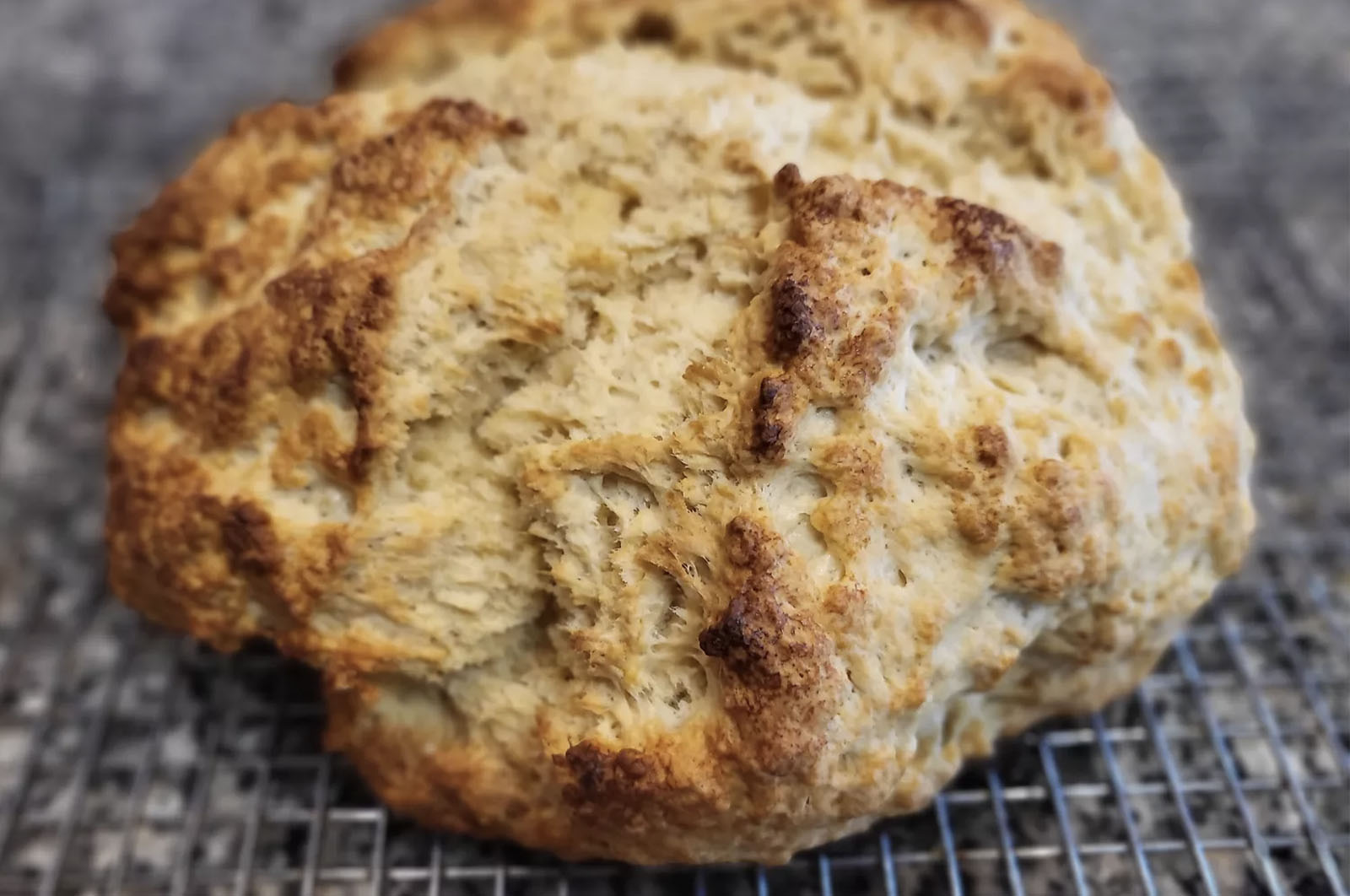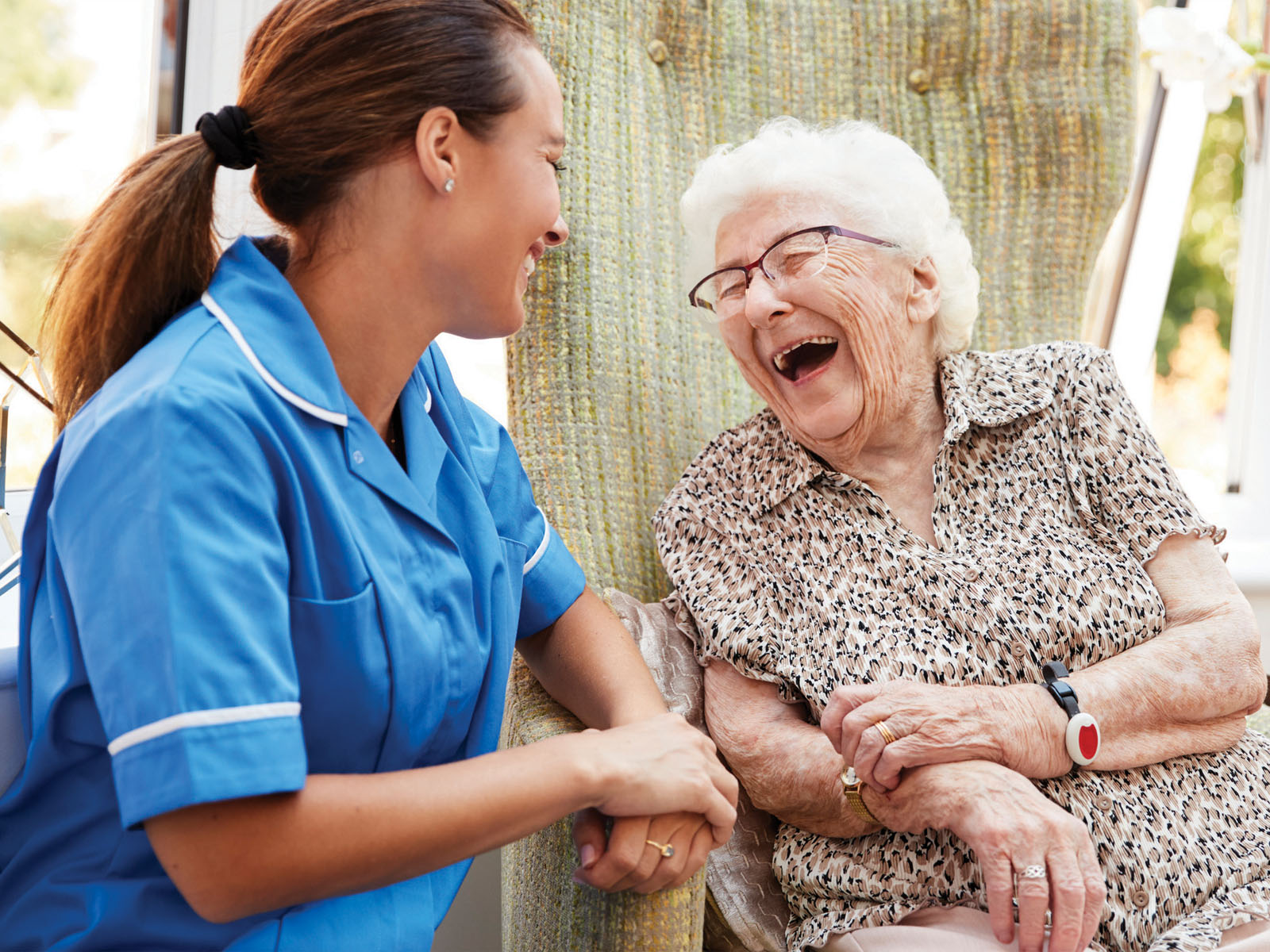Here are some of the most common questions caregivers have asked during the pandemic. We hope these experts, answers will help you.
Q: Is it safe for me and my children to visit older adults in our family during this time?
Everyone should be aiming to interact closely with as few vulnerable adults as possible to be on the safe side. Make your “bubble” of a few people and stick with it. Reducing the number of people an older adult comes into contact with reduces the risk. However, the goal isn’t to isolate your older adult either. You may want to arrange short social distancing visits, one person at a time, keep up regular phone or video calls and continue shopping for them. Check out this helpful guide: https://files.ontario.ca/moh-how-to-build-your-social-circle-en-2020-06-12.pdf
Q: What precautions should I take when I’m visiting an older adult’s home?
Bring as little as possible into the house and practice good hygiene.
- Wear a mask and gloves at all times and change regularly if you are providing physical care/assistance.
- Wash your face, hands, and forearms and wash your hands regularly during your visit (remove jewellery).
- Remove your shoes and wear indoor slippers.
- Clean your cell phone with a 70 per cent alcohol wipe or put it away.
- Leave your belongings in the car or near the door, limiting their contact with the rest of the home and shower/change your clothing if you feel your adult is at risk.
- Pull back your hair to reduce the likelihood that you’ll need to touch it or that it would brush against your older adult.
- Avoid physical contact and stay two metres apart.
- If possible, conduct the visit outdoors (porch, yard). If not possible open some windows to improve air circulation.
- Sanitize before leaving the car and upon re-entering the car.
- If possible, limit the duration of the visit to 15-30 minutes (guideline for visits to MD offices is currently to keep them under 15 mins).
Q: Do I need to sanitize food and supplies before putting them away or using them?
Items from stores have been touched by many people and could potentially carry the virus, which can live for up to 3 days on surfaces like plastic and steel. Items that have been packed or delivered by grocery services have also been handled by other people. Later at home, lingering germs could be transferred to your hands.
This article from Consumer Reports contains useful information from infectious disease experts and specific suggestions on how to clean and disinfect groceries and other household goods that you’ve purchased or had delivered. For most items and surfaces, washing with soap and water can break apart the COVID-19 virus’ cell walls and kills it.
Q: What’s the proper technique for washing my hands to reduce the spread of infection?
- Step 1: Wet hands with warm water.
- Step 2: Apply soap.
- Step 3: Wash hands for at least 20 seconds (including your palms, back of each hand, between fingers, thumbs and under nails).
- Step 4: Rinse well.
- Step 5: Dry hands well with paper towel.
- Step 6: Turn off tap using paper towel.
Q: How do I disinfect my older adult’s home to prevent the spread of viruses?
Coronaviruses are one of the easiest types of viruses to kill with the appropriate disinfectant product when used according to the label directions. Health Canada has published a list of hard surface disinfectants that are likely to be effective for use against COVID-19.
Although they do not claim to kill COVID-19, cleaners can play a role in limiting the transfer of microorganisms. Health Canada recommends cleaning high-touch hard surfaces often, using either regular household cleaners or diluted bleach according to the label directions.
These surfaces include: toilets, phones, electronics, door handles, bedside tables and television remotes. This bleach solution should be prepared according to the instructions on the label or in a ratio of 250 mL (1 cup) of water per 5 mL (1 teaspoon) of bleach. Directions are based on bleach that is 5% sodium hypochlorite, to give a 0.1% sodium hypochlorite solution. Never mix bleach with other chemical products and use it in a well-ventilated area. Special precautions must be used when cleaning with bleach to avoid serious incidents.
Q: When I go out to shop for food, can I take advantage of special services?
Yes. A lot of grocery stores have created special shopping times for seniors and people with underlying health conditions that compromise their immune system. However, whenever possible, utilize home delivery or instacart pick-up. A lot of stores have implemented both shopping and delivery services to help their customers stay safe.
Q: Do I have to wear a face mask when I go out?
Yes, you should wear a homemade mask or cloth face covering when you are in public. This is in addition to maintaining a six-foot (two metre) distance from other people, another essential step in slowing the spread of coronavirus. Many areas are now making wearing a mask mandatory in public places. Check your local rules but err on the side of caution and wear one anyway.
Q: Should grandparents be visiting with grandchildren right now?
Create your bubble and stay in it. For many families this is including kids and seniors. However, many doctors and other medical professionals are recom- mending that grandparents who are vulnerable shouldn’t visit with their grandchildren right now. Remember many people show no symptoms and older adults are at high risk of becoming severely ill if infected with COVID-19.
Q: My dad is quite ill and has an in-home caregiver who goes to care for him every day. What kind of precautions should they be taking?
It’s a scary time because older adults are at higher risk for developing severe illness if they’re infected with COVID-19. But they also need a
great deal of personal care in order to get through the day. Staying six feet (two metres) away or avoiding personal contact is simply impossible.
Every care situation is different, so what makes sense for one may not work for another. Reduce risk by following Canada.ca’s recommendations for high-risk individuals. Take time to learn the facts and take time to prepare. Educate staff about ways to prevent the spread of COVID-19 by:
- Washing hands often with soap and water for at least 20 seconds, especially after using the washroom and when preparing food. Use alcohol- based hand sanitizer if soap and water are not available.
- Increasing access to hand hygiene and cough etiquette supplies (e.g., alcohol-based hand rub, soap, paper towels, tissues, waste containers).
- Cleaning frequently used spaces, surfaces and objects (kitchens, common areas, dining areas, desks, shared sleeping spaces, doorknobs, and faucets).
- Maintain physical distancing, keeping at least two metres from other people.
- Staying home when sick.













